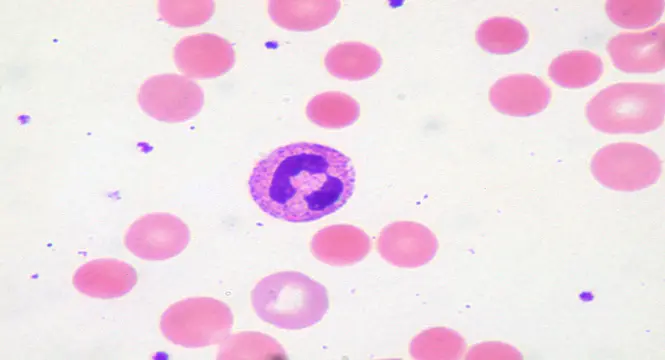The family of a 41-year-old mother of two who died three years after a cervical smear test taken under the CervicalCheck screening programme was reported as showing no abnormalities has settled a High Court action over her death.
The woman, who cannot be named by order of the court, endured excruciating pain before her death nine years ago, the court heard.
The family’s counsel Oonah McCrann SC, instructed by Cantillons solicitors, told the Mr Justice Paul Coffey that the woman was vigilant about her health and had a smear test in 2012.
Counsel said it was their case the smear test was allegedly misreported and if it had been properly reported the cell changes would have been picked up and the woman may still be alive.
Ms McCrann said at one stage the woman in the months before her death contacted CervicalCheck asking about her 2012 smear test and her GP completed review forms.
However, Counsel said the woman was not told before she died that a review in June 2015 concluded there had been a misinterpretation of the original slide and the correct diagnosis should have been borderline changes which would have warranted a repeat smear in the following months.
The woman’s husband had sued Clinical Pathology Laboratories Incorporated with headquarters in Austin, Texas which tested the woman’s cervical sample in 2012 and the HSE over the woman’s death. Liability was denied in the case.
Ms McCrann told the court the case had settled after mediation. It was before the court for the approval of payments out of €60,000 each to the two children and the division of the €35,000 statutory mental distress payment.
In the proceedings, it was claimed the woman had a smear test under the CervicalCheck screening programme which was sent to CPL Laboratories for testing. The woman was informed by letter from CervicalCheck in March 2012 that no abnormalities were detected.
In 2013 she suffered abnormal bleeding and was referred to a consultant who recommended a hysterectomy. A 5cm tumour was identified on the woman’s cervix. A PET scan in December 2013 showed cervical cancer, and she underwent radiotherapy, chemotherapy and brachytherapy.
In March 2014 a persistent small volume of cervical cancer was found and the woman remained in significant pain. She was later found to have residual metastatic disease .
In August 2014 the woman was told of a concern that the imaging represented a relapse of the disease and in December of that year palliative chemotherapy was recommended.
The woman remained hopeful and travelled abroad for a type of chemotherapy. However, she continued to deteriorate, was hospitalised in April 2015 and put on conventional palliative chemotherapy.
It was claimed she continued to suffer progressive severe debilitating pain.
In June 2015, a CT scan showed the tumour had increased in size to 9.5cm and later that month she suffered a catastrophic arterial bleed. She was resuscitated with 35 units of blood and admitted to intensive care. Palliative treatment continued, but a decline in the woman’s condition was noted, and she died in late July 2015.
In 2018, with the media highlighting the Vicky Phelan case, it was claimed the woman’s husband was called to a meeting. There he was informed that the 2012 scan had been incorrectly interpreted, and had it been correctly interpreted his wife would have been referred for a repeat smear in six months, which would probably have led to a referral and an earlier diagnosis of cancer.







